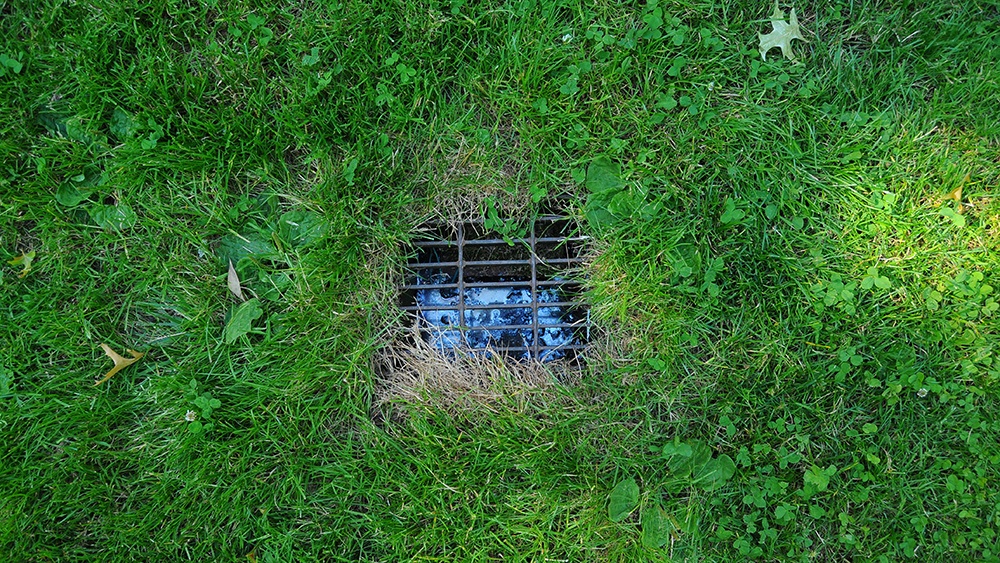
Summer brings a handful of seasonal plumbing problems, thanks to short downpours of humid rain, chlorine-filled pools, and more.
If you’re worried about the following seasonal plumbing problems, you should invest in a summer drainage system for your home. Let the plumbing professionals at Warner Service in Frederick, Maryland, explain:
Indoor Flooding. April showers brings all sorts of summer flowers -- and damaging rain. Summertime brings serious rain, which can lead to indoor flooding, especially in your home's basement. While finding the source is simple, understanding the magnitude of the drainage problem is more difficult.
For example, if a minor leak is left untouched, a pipe could burst.
Another example is damaged or old appliances, especially water heaters, that lead to flooding inside your home. If you notice water accumulation around the water heater's base, it's a sign of a damaged tank, pressure relief valve malfunction, or corrosion.
For a long-term solution, install a surface drainage system, which have efficient ditches that are installed in a parallel pattern and used as channels for excess water. The water then flows to a main drain, which keeps it from pooling around the foundation of your home.
If your property is relatively flat, water pooling is more of a concern since the water has nowhere to go. Understanding the foundational layout of your home is helpful when handling plumbing maintenance.
Overflowing Gutters. During the next big summer thunderstorm, see how well your home's gutter system sends water away from the foundation. Clogged gutters significantly raise the chance of an indoor flood; permanent foundational damage; and pooled water, which easily seeps into cracks and causes extensive (and expensive) damage.
Clogged gutters also increase the risk of soil oversaturation. When roots are oversaturated, they begin to rot, which eventually leads to foliage dying.
For a long-term solution, install a subsurface drainage system. When it’s installed, a sturdy pipe is placed underneath the top layer of soil, giving a two-fold benefit of excess water removal and waterlogging prevention.
To avoid oversaturation, a pipe is installed well below the surface and takes the water away from your property. After the pipe is installed, a layer of gravel is used to fill the trench, allowing water to seep into the drain and remove standing water.
Strange Odor. Summertime brings the stench of insect spray, sweat, and a dry p-trap due to high outdoor humidity.
The p-trap is the part of the drain pipe that curves and separates the drain from sewer gases. If the p-trap is dry, an awful sewer stench comes from the drains.
The strange odor could also be caused by a clogged venting pipe, which redirects sewer gases from your home by filtering them to the roof to be released. If this pipe is clogged, gases get trapped in your home.
High Water Bill. Common culprits for an increased water bill during the summer include a leaky appliance, increased water usage from the backyard or in-ground pool and outdoor plants, and a broken water pipe.
No matter the cause, getting to the root of the plumbing problem is important to bring the bill back down to normal. While leaks and continuously run appliances are noticeable causes, a clog or break is harder to diagnose.
For more information about which drainage system you should install to prevent summer-specific plumbing problems, visit 4 Drainage Systems That Will Keep Your Home Standing.
You can also download Warner Service’s DIY Plumbing Checklist To Save Water and Money This Summer by clicking on the button below:


